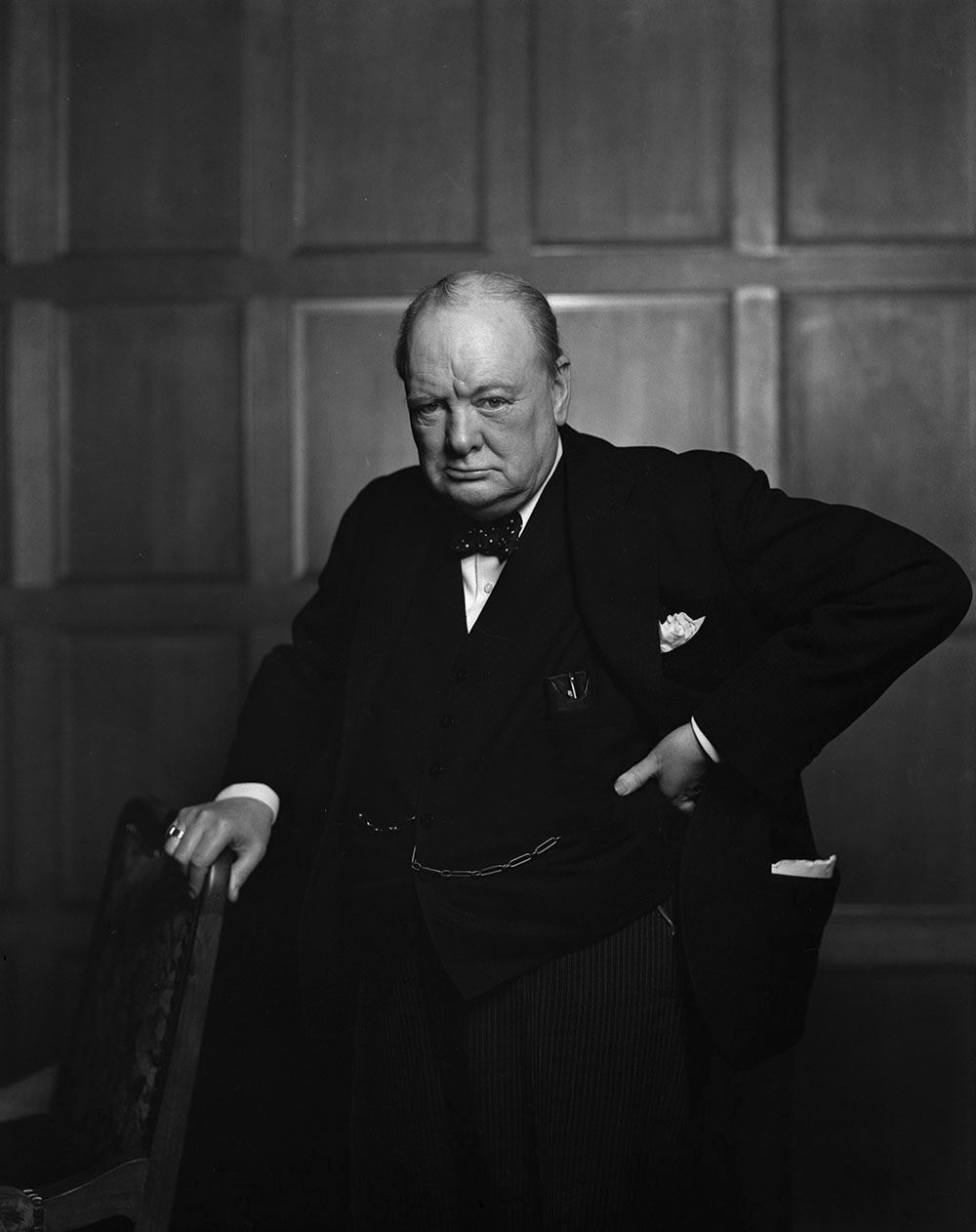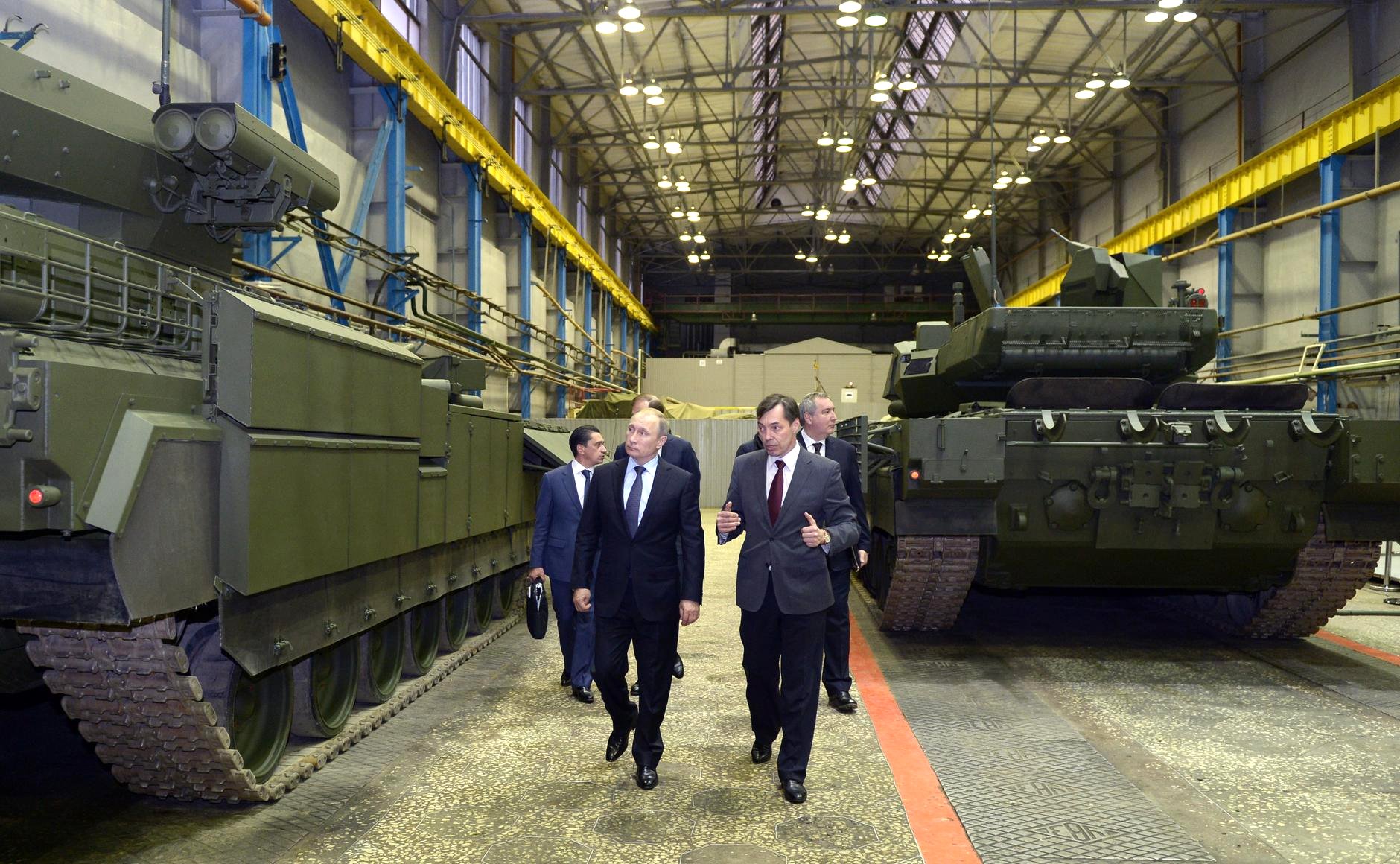M3 Stuart and M5 Stuart are light tanks manufactured in the USA during the WWII era. M3 and M5 light tank production was started in 1941 and even today some M5 tanks are active in service. Before the attack on pearl harbor, the USA did not have any intention to join the war. Instead, the US used the world war as an opportunity to strengthen the economy of the country. To strengthen the economy, what the USA did was mass manufacture war machinery and sell them to Russia and Britain. To do that the lend-lease act was implemented in the USA. M3 Stuart was one of the first tanks to be sold to allied nations under the lend-lease act.

lend-lease act Discussions (CC License)
Historical significance of Stuart M3
After the USA entered the war M3 was the first tank with a US crew to fight with enemy tanks. The first fight was fought in December 1941 in the Philippines against Japanese tank battalions. As the first battle of Stuart M3, the operation crusader of the North African campaign is recorded.
In November 1941, the eighth army of England launched a surprise attack against Italian forces using 170 Stuart 3 tanks. It was the first time this light tank was seen on the battlefield. After that Stuart fought in many major global conflicts including the Chinese civil war, the Indu-Pakistan war, Cuban Revolution, the Korean war, and First Indochina war.

Operation crusader (CC License)
Development History
With the heat of WWII increasing rapidly, the U.S Army ordnance department wanted to improve their existing light tank M2 into something with better armor and firepower. The M2 light tank is also the predecessor of the M2 medium tank which provided the original blueprint for heavily successful M4 Sherman program.

M2 Light tank
For the standards of WWII light tanks, M3 was heavily armed and equipped with some serious firepower. The armor thickness varies from 9.5 to 50.8mm. The gun mantle had the highest armor thickness which was 51mm. A newly invented anti-tank gun, 37mm M5 was used as the main armament. (This was the same gun used in M2A4. A 0.30 caliber M1919A4 Browning machine gun mounted on an M20 AA gun mount was used as the secondary armament. The same gun was used as the hull machine gun in M4 Sherman.

M Series Light and Medium tanks
M3 Stuart Development in to M5 Stuart
In M3 and M3A1 tanks, air-cooled radial engines were used. Specifically, 7 Cylinder Continental W-670 petrol engine or 9 Cylinder Guiberson T-1020 Diesel engine was used to power M3 and M3A1. Both of these engines are originally designed as aircraft engines.

W-670 Petrol Engine Used in M3 Stuart
With the demand for aircraft engines rapidly growing in the market, using these engines for tank development was not a good deal at the time. So, the US Army ordnance department decided to improve a new M3 variant that does not use an aircraft engine.
A twin Cadillac V8 engine with an automatic transmission system was used in the new development project. With this new improvement, tank handling becomes easier. Automatic transmission made the tank training process much easier and more efficient. The engine was smooth running and quieter. So, it was easy for radio operators to communicate while moving.

Cadillac V8 engine used in M5 Stuart
M5 Stuart
The hull of M3 was redesigned for M5. The rear deck area of the hull was raised from its original position. The same 37 mm antitank gun used in M3 Stuart was used in M5. However, by the time of M5 development, the firepower of the 37mm gun was not enough to penetrate enemy armor. For some reason, the designers did not consider changing the gun.

M5 Stuart Tank
M3 and M5 Stuart Production
M3 Stuart production commenced in March 1941 and M5 production started in April 1942. M3 production continued until September 1943. A total of 13,859 M3s were produced during the two years. M5 production continued for another year after the M3 program was terminated. In June 1944 the last M5 Stuart entered production. In total 8,884 M5 tanks were manufactured during a two-year project scale.
Three different manufacturing companies undertook the production process.

American Car & Foundry Company WWII Tank factory (CC License)
General Specifications M3 Stuart & M5 Stuart
Other than the engine and transmission system, both M3 and M5 tanks have equal designs and equipment. The average tank body weight was 15.20 metric tonnes. The body was 4.84 meters long 2.29 meters wide and 2.57 meters tall. Both M3 and M5 tanks were manned by a four man crew. The crew consisted of Commander, Gunner, Driver and assistant driver.

M3 Stuart Tank Dimensions
Power, Transmission and Suspension
The main engine used in the series was a Twin Cadillac series 42 engine. At 3,400 RPM it was able to output 220hp. So, the power-to-weight ratio standard for M3 was 13.14 hp/t. In the M3 Stuart, a manual transmission system with 4 forward and one reverse gear was used.
In the M5 tank, the manual transmission was replaced with a hydramatic 4-forward speed gearbox. In both tanks, the internal fuel tank was able to carry 340 liters of diesel or petrol fuel. The operational range was only 160km. The maximum recorded on road speed was 58 km/h.
Main armament
Through the series a 37mm M6 antitank gun was used as the main armament.147 37mm rounds were carried in the tanks internal ammo storage compartment.
Later in the war 37mm was proven to be ineffective against heavily armed German tanks such as the Tiger 1.
In the M8 howitzer model the 37mm canon was replaced with a 75 mm M2 howitzer. The same weapon system was used in Sherman M4 howitzer modifications.

M8 Howitzer a modification of M3 Stuart
Secondary armament of M3 Stuart
Three .30 caliber Browning M1919A4 machine guns were used as the secondary armament. Tank carried approximately 6,750 rounds of ammunition for machine guns.
M3 Stuart major variants
M3 was a popular tank during and after WWII. M3, M3A1, M3A3, M5 and M5A1 are the major mass producing light tank variants. Other than light attack tanks, many special fighting vehicles were manufactured with the M3 blueprints.
- Howitzers
- recovery vehicles
- Mortar vehicles
- AA tanks
- Command tanks
- Flame thrower tank
- Mine exploder tank
- , are some modifications of M3 Stuart.
-
M3A1 aka Stuart iii
- M3A1 is the first modified version of Stuart M3. It received a new turret, and a vertical stabilizer for the main gun. A sub variant known as Stuart iv was built with the petrol engine replaced by a diesel Guiberson engine.
-

M3A1
-
M3A3 or Stuart V
- M3A3 production was started with having M5 blueprints in hand. The new M5 hull design was introduced to the M3 structure. In the front section, a sloped armour plate was welded to provide extra protection. A new SCR-508 radio was installed in the rear turret housing.
-

SCR 508 Radio
M5A1 or Stuart VI
- M5A1 is developed as a combination of M3A3 and M5 tanks. The newly developed M3A3 turret was fitted to the M5 body.
-
Summary – M3 Stuart & M5 Stuart
- M3 Stuart or officially light tank M3 is an American made light tank which fought in the WWII and post WWII battles. Originally designed in early 1940’s, even today some tanks are actively operating. M3 and M5 tanks were produced in USA during 1941 and 1944. During the four years 22,744 tanks were manufactured.
-
M3 Stuart tank in popular gaming culture
-

M3 and M5 Stuart tanks in Popular gaming culture



































































